采訪檔案 | 張西
瑞士蘇黎世 | 建築師
進入位於蘇黎世市中心的EXH Design歐洲辦公室,遊客立即被那幾乎從地麵到天花板的窗戶吸引到,在這裏可以一覽無餘地欣賞蘇黎世湖和Uetliberg山的景色。
Entering the European office of EXH Design in central Zurich, visitors are immediately drawn towards the nearly floor-to-ceiling windows, which offer unobstructed views of Lake Zurich and the Uetliberg Mountain.
EXH創始合夥人兼CEO張西說:“風水不錯吧?”。她打開窗戶,在清新的空氣、迷人的風景和張西的存在之間,積極的情緒在空間中流動。
“Good feng shui, right?” says EXH founding partner and CEO Zhang Xi. She throws open the windows and between the fresh air, stunning scenery, and Xi’s presence, positivity flows through the space.
風水的原則滲透到張西的建築理念中。她說:“它是關於如何最大化好的能量和轉移壞的能量。”在傳統的中國,沒有建築師,是由風水師來決定房子的位置,隻有這樣工匠們才能開始建造。張西進一步解釋道:“亞洲哲學的核心是人與自然的和諧。”在這種程度上,她將建築師的工作看作是後退一步,實現這種和諧的流程。
The principles of feng shui permeate Xi’s approach to architecture: “It’s about how to maximize the good energy and divert the bad energy,” she says. In traditional China, where there were no architects as such, it was the feng shui master who would determine where the house should go; only then could the craftsmen begin construction. “At the core of much of Asian philosophy is the harmonization of man and nature,” Xi further explains. To that extent, she sees the job of the architect as one of stepping back and enabling this harmonious flow.
20世紀80年代,張西在中國陝西省長大,但建築並不是張西的第一職業選擇。在學校,她是一個有天賦的孩子,在她所在的省名列前茅。她的老師希望她成為該地區的物理冠軍,但她的父親是一位畫家,鼓勵她追求藝術。她花了幾周時間和他一起學習國畫,直到他意識到她缺乏跟隨他腳步的耐心。張西記得他告訴她,回學校去,你很有天賦,但你的大腦太忙了。最終,建築產生於她對物理和藝術的興趣的融合。
Growing up in the Chinese province of Shaanxi in the 1980s, architecture wasn’t Xi’s first choice of career. At school, she was a gifted child, among the top few in her province. Her teacher wanted her to become the region’s physics champion, but her father—a painter—encouraged her to pursue art. She spent a few weeks with him learning guóhuà, a form of traditional Chinese painting, until he realized that she lacked the patience to follow in his footsteps. Xi recalls him telling her, “‘go back to school. You have the talent, but your mind is too busy.’” Eventually, architecture emerged from a fusion of her interests in physics and art.
學習期間,在上海同濟大學一間有八張床位的宿舍裏,張西學會了回到她的腦海中,屏蔽噪音。張西生動地回憶起那次經曆:即使是在聚會上,我也可以看書或複習備考。我可以脫離環境,所以我發現我有抵抗力。這種抵抗力至今仍在她的工作生活中扮演著重要的角色。現在,張西在蘇黎世和上海都設有EXH辦事處,每個地方的時間間隔為一個月,另外還會訪問香港、新加坡或倫敦的客戶項目。她應對如此多的旅行的策略是退入自己的內心。她說,我有一種特殊的能力,我可以打開或關閉它:如果外部世界沒有那麼有趣,我就會轉到我的內部世界。這是處理全球旅行的一個很好的策略,也是推動她的建築工作向前發展的一個策略。我做很多設計,但隻要我有空閑的時間,我就會拿起一個項目,想一個細節,畫一個草圖,把紙折成一個三維的物體,或者她渴望的表麵,隻是觀察一棵樹的影子也行。
During her studies, in an eight-bed dormitory at Shanghai’s Tongji University, Xi learned to retreat into her mind, and block out noise. Xi recalls the experience vividly: “I could read a book or study for examinations even if a party was going on. I could become detached from the environment. So there I discovered I had… resistance.” This ‘resistance’ still plays an important role in her work life to this day. Now, with EXH offices in Zurich and Shanghai, Xi alternates between a month in each place, with additional visits to client projects in Hong Kong, Singapore, or London. Her tactic for coping with so much travel is to turn inwards. “I have a special ability that I can turn on or off: if the outside world is not that interesting I switch to my inside world,” she says. It’s a great strategy for dealing with global travel, and one that also pushes her architectural work forward. “I work on a lot of designs at the same time. As soon as I have a free moment, I pick up a project, think about a detail, make a sketch, fold paper into a three-dimensional object, or…” her wistfulness surfaces, “…just observe the shadow of a tree.”
張西後來了解到,她自稱的“超活躍思維”可以為她所用。它就像一個大水庫,或者一個圖書館。對於任何項目,我都可以選擇一些相關的東西,然後從那裏開始。我積累的知識越多,我與外部世界的聯係就越多。
Xi has subsequently learned that her self-proclaimed “hyperactive mind” can be used to her advantage. “It’s like a big reservoir, or a library; for any project I can pick something related and then start from there. The more knowledge I build up, the more associations I can relate to the outside world.”
其結果是,她對學習可以應用於實踐的新事物有著永不滿足的欲望。這也是EXH以其對不同設計學科的流暢方法而聞名的部分原因。他們選擇門把手或坐墊的可能性和選擇地基的可能性是一樣的。因為EXH建築是整體的:內部、外部、形式和功能都會影響建築及其使用者。
The result is an insatiable appetite for learning new things that can be applied to her practice. It’s also part of the reason EXH is renowned for its fluid approach to different design disciplines; they are just as likely to be selecting door handles or cushions as constructing foundations. For EXH architecture is holistic: interior, exterior, form, and function all affect the energy of a building and its users.
以上海Matsu旗艦店的外觀為例:整個項目的線索是建築周圍的銀杏樹。EXH用銀杏葉的圖案構建了一個新的外骨骼,內部的陰影帶來了與外部自然的連續性。由此產生的鎮靜效果會傳遞給工作人員和來訪者。
Take the facade for the Matsu Flagship Store, Shanghai: the cue for the whole project is the gingko trees that surround the building. EXH built a new exoskeleton using a gingko leaf motif, the shadows created inside bring continuity with the nature outside. The resulting calming effect is passed on to staff and visitors alike.
當她談到像這樣的具體項目時,張西總是在討論她的解決方案之前首先解釋客戶的預算、時間表和需求。這證明了她的謙虛和對建築師角色的信念。也許這是她在瑞士生活時產生的一種衝動。瑞士有句俗語“Liefere, nid lafere”,大致翻譯過來就是“deliver don’t babble”。這是瑞士人的態度的縮影,他們認為成功就是一切。
As she talks about specific projects such as this one, Xi always explains the budget, timescale, and requirements of the client first before discussing her solution. It’s a testament to her modesty and belief in the role of architect as an enabler. Perhaps it’s an impulse she picked up as a result of living in Switzerland—where the saying “Liefere, nid lafere,” which roughly translates to “deliver don’t babble,” epitomises the Swiss attitude that success should speak for itself.
張西被世界頂級建築學術機構的聲譽所吸引,於2002年遷往瑞士蘇黎世聯邦理工學院學習。她在這裏的學習,以及在傳奇建築師Herzog和de Meuron的學徒經曆,確保了她接受的是瑞士設計風格的教育:注重細節、高質量和功能性。
Attracted by its reputation as the world’s top academic institution for architecture, Xi moved to Switzerland to study at ETH Zürich in 2002. Her studies here, along with an apprenticeship at legendary architects Herzog & de Meuron, ensured she was schooled in the Swiss design style: detail-oriented, high-quality, and functional.
憑借她世界級的教育和多年的經驗,張西於2006年與Herzog校友Erich Diserens共同創立EXH Shanghai。這種做法是將瑞士的原則引入當時日益成熟的中國市場。該團隊不缺乏客戶,並因其令人印象深刻的建築、室內設計和景觀設計而吸引了國際媒體的關注。但張西認為,真正使他們有別於其他公司的是他們的工程專業知識。我們專注於先進的技術解決方案,包括可再生能源概念和數據中心的冷卻係統,她說Gerd Voith是一位著名的工程師,也是我們的第三位合作夥伴。10年後的2016年,張西回到瑞士,在蘇黎世開設了辦事處。
Drawing on her world class education and years of experience, in 2006, Xi co-founded EXH Shanghai alongside fellow Herzog alumni Erich Diserens. The practice brought principles from Switzerland to a Chinese market that was then increasing in sophistication. The team found no shortage of clients, and garnered international press for their impressive array of buildings, interior designs, and landscaping. But Xi believes that what really set them apart from other firms is their engineering expertise. “We specialize in advanced technology solutions that include renewable energy concepts and cooling systems for data centers,” she says. “Gerd Voith, a renowned engineer and our third partner is an authority on the subject.” A decade later, in 2016, Xi returned to Switzerland to open the Zurich office.
正是在ETH,張西開始理解西方如何對待其曆史的差異。對我來說,歐洲就像一座建築博物館,她說。每個時代看起來都不一樣,你可以隨意穿越它們,因為這些建築保存得很好。相比之下,她認為,在中國,曆史建築如果不再具有某種用途,就不那麼受人尊敬,因為它可以被取代。在EXH為瑞士駐北京大使館的簽證辦公室設計的設計中,體現了這種西方傳統的對過去的尊重。他們沒有拆除現有的建築,而是建造了一個磚砌的亭子和一個玻璃擴建物,將其包圍起來。其效果是保存曆史,延續結構的敘述,同時開放建築,接受自然的影響。瑞士人對曆史的接受是在中國風水的推動下完成的。
It was at ETH that Xi began to understand the difference in how the West approached its history. “Europe is like an architecture museum to me,” she says. “Each epoch looks different and you can literally meander through them because the buildings are so well preserved.” By contrast, she argues, in China historic buildings are treated with less reverence—if something no longer serves a purpose it can be replaced. This Western tradition of honouring the past is demonstrated in EXH’s design for the Visa office at the Swiss Embassy in Beijing. Rather than demolish the existing building, a brick pavilion, a glass expansion was built, enveloping it. The effect was to preserve history and continue the structure’s narrative, while opening the building up to the influence of nature. The Swiss embrace of history was thus performed, driven by Chinese feng shui.
張西當然意識到了這兩種文化之間的差異。對於張西來說,中國是忙碌、混亂、嘈雜的;這與蘇黎世優雅的步調相去甚遠。她還笑著說瑞士人做事的方式也不一樣:當我的中國辦事處對瑞士辦事處說,“兩三天後”會有什麼安排時,瑞士人會問:“是哪一天?”兩三天?”
Xi is certainly conscious of differences between these two cultures. China, for Xi, is “busy chaotic, and noisy”; a far cry from Zurich’s genteel pace. She laughs about how the Swiss do things differently too: “When my Chinese office speaks to the Swiss office and say they will have something in ‘two or three days,’ the Swiss ask, ‘Which is it? Two, or three days?’”
這些比較可能會永遠持續下去,但它們或許可以在最新出版的專著《EXH Design: Swiss Quality Chinese Speed(2018)》的標題中得到最好的概括。張西試圖將這一主張體現在她的公司的工作中,在中國,質量是困難的,因為建築的速度。在瑞士,速度是困難的,因為一切都是板上釘釘的。但我們之所以這樣命名這本書,是因為我們相信我們可以提供高質量和高速度。
These comparisons could go on forever, but they’re perhaps best summarized in the title of the newly published monograph, EXH Design: Swiss Quality—Chinese Speed (2018). It’s a claim Xi tries to embody in her firm’s work, “In China, quality is difficult because of the speed in which buildings are built, and in Switzerland speed is difficult because everything is set in stone. But we named [the book] that way because we believe that we can offer both quality and speed.”
世界上最大的銀行——中國工商銀行(ICBC)的蘇黎世分行就屬於這兩種分法。一個新的辦公空間被整合到一個傳統建築中,建築受到政府耗時的監管。作為該項目的總承包商,EXH負責整個設計和施工的管理,在項目還在監管機構的谘詢階段,EXH就通過預製許多元素加快了設計和施工的進度。
One building encompassing this dichotomy is the Zurich branch of the world’s largest bank, Industrial and Commerce Bank of China (ICBC). A new office space to be integrated into a heritage building, construction was subject to time-consuming governmental regulation. As the project’s general contractor, EXH managed design and construction in their entirety and sped up the process by prefabricating many elements while the project was still under the regulator’s consultation.
在這個項目中,工商銀行希望自己的品牌能夠引人注目,但瑞士的監管規定意味著這棟曆史建築的外觀不能被篡改。於是,由照明合作夥伴 Zumtobel定製的照明標識被安裝在會議室的桌子上方。張西興奮地解釋道:“這樣就可以從街上就能看到,這就是為什麼我們不在項目結束時設計照明,有時照明可能是整個想法的靈感來源。”
For this project, ICBC wanted visibility for their brand, but Swiss regulations meant the historic building’s exterior couldn’t be tampered with. So an illuminated logo, built bespoke by lighting partner Zumtobel, was installed above the boardroom table. “It’s visible from the street,” Xi explains with excitement. “That’s why we don’t design lighting at the end of a project, sometimes the lighting could be the inspiration for the whole idea.”
張西似乎自然而然地為中國和瑞士文化架起了橋梁。通過將她的中國哲學思想深入到她的學科中,她創造了能源與技術、人性與自然、速度與質量、曆史與現代之間的對話。生活在瑞士和中國之間,無論是身體上還是文化上,西都體現了全球化的理念。就像所有的雜化產物一樣,產生的東西可能比它各部分的總和還要大。她創造了一種新的方法,從哲學和曆史中仔細地選擇參考,並用它們來創造一種微妙的綜合。和張西一樣,EXH的建築散發著低調的自信和充沛的能量。
Bridging Chinese and Swiss cultures seems to come naturally to Xi. By bringing her deep-seated Chinese philosophy to her discipline, she creates dialogues between energy and technology, humanity and nature, speed and quality, history and modernity. Living between Switzerland and China, both physically and culturally, Xi embodies the very idea of globalization. As with all hybrids, what emerges can be greater than the sum of its parts. She has created a new methodology that chooses its references from philosophy and history carefully, and uses them to create a subtle synthesis. Like Xi herself, EXH’s buildings exude an understated confidence and an abundance of good energy.
EXH Design
2006年,張西在蘇黎世聯邦理工大學建築學碩士畢業後,與人合作在上海成立EXH,致力於為城市規劃、建築和室內設計提供全麵的解決方案,同時為追求品質的客戶提供創造性的建築解決方案。EXH design在中國擁有10年的規劃和建築經驗,已經完成了數十個高質量的項目,懂得如何將約束轉化為潛力。它的國際團隊結合了兩個世界的精華,從技術知識到文化靈感。2016年,張西與Erich Diserens、Gerd Voith、Peter a . Marti共同創立瑞士蘇黎世EXH Design,為歐洲客戶提供設計與施工的整體解決方案。
版權歸屬
Text © Luc Benyon for FvF Productions
Photos © Yves Bachmann for FvF Productions




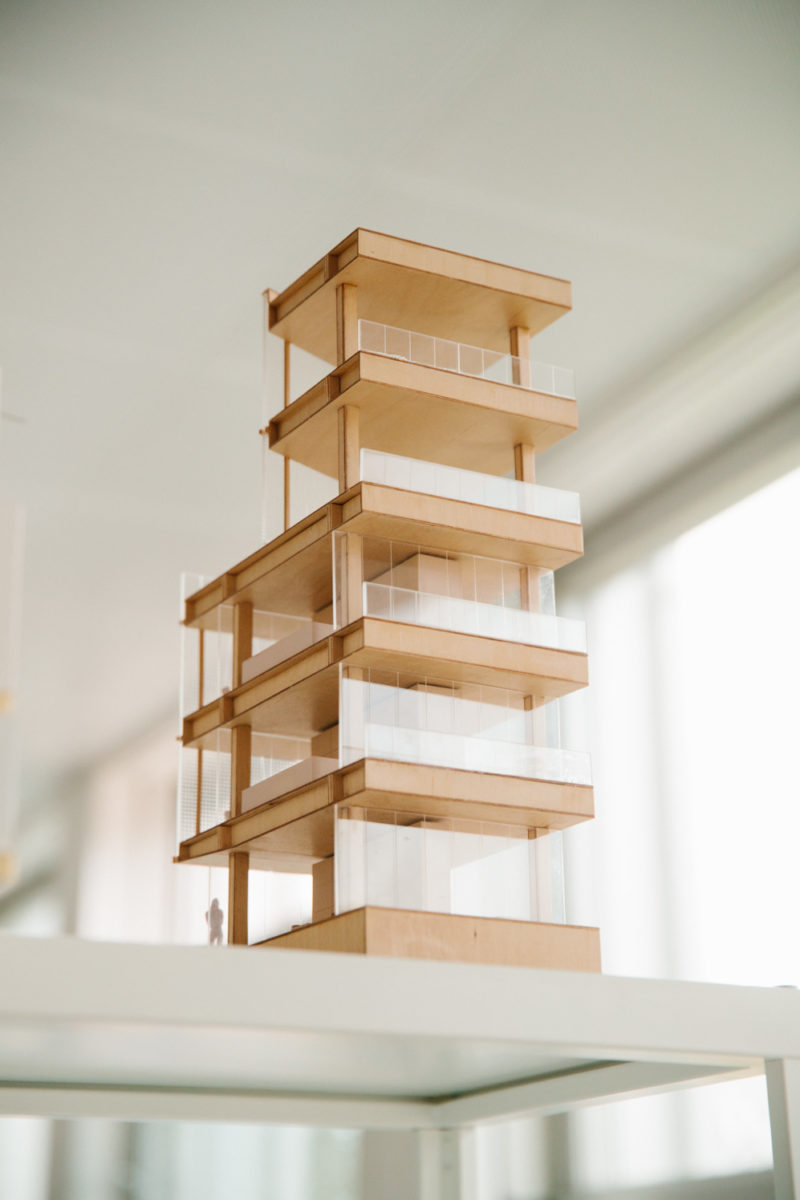

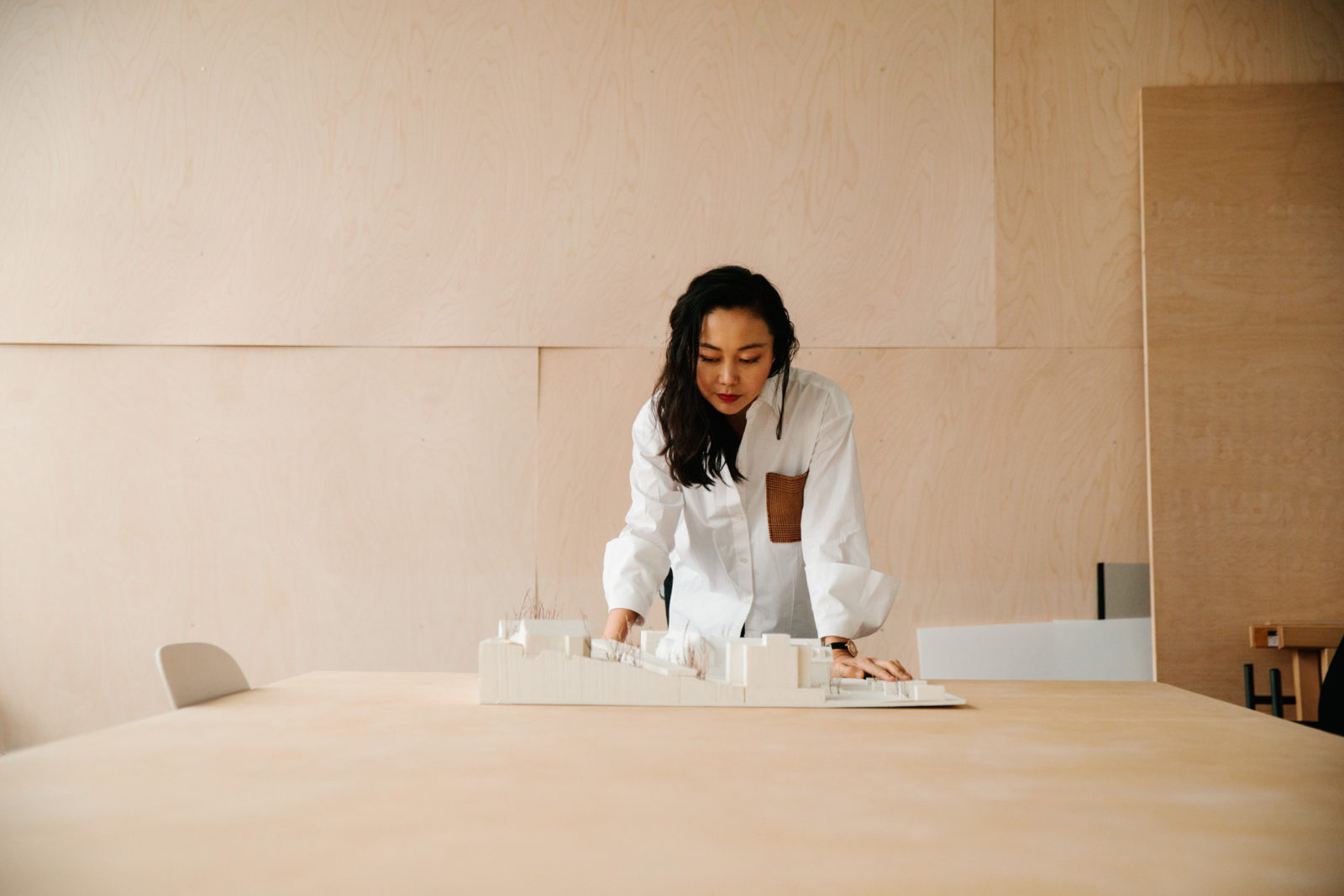
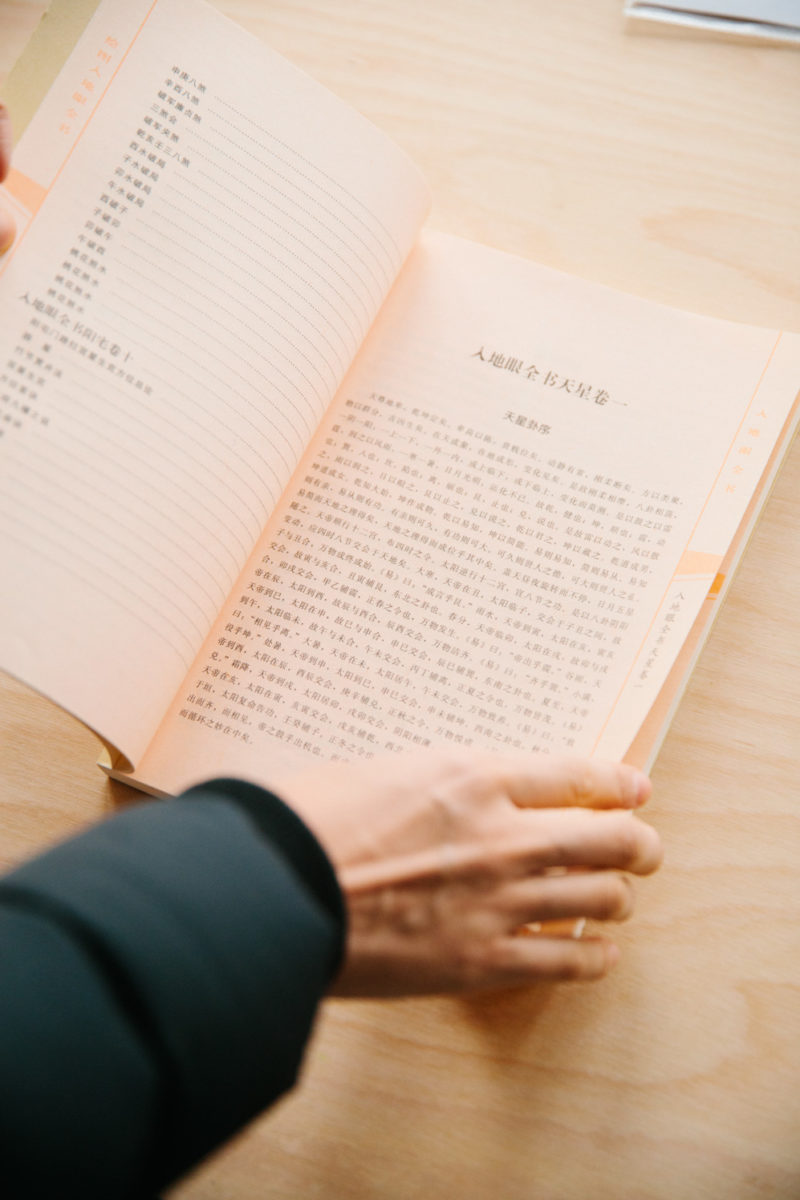
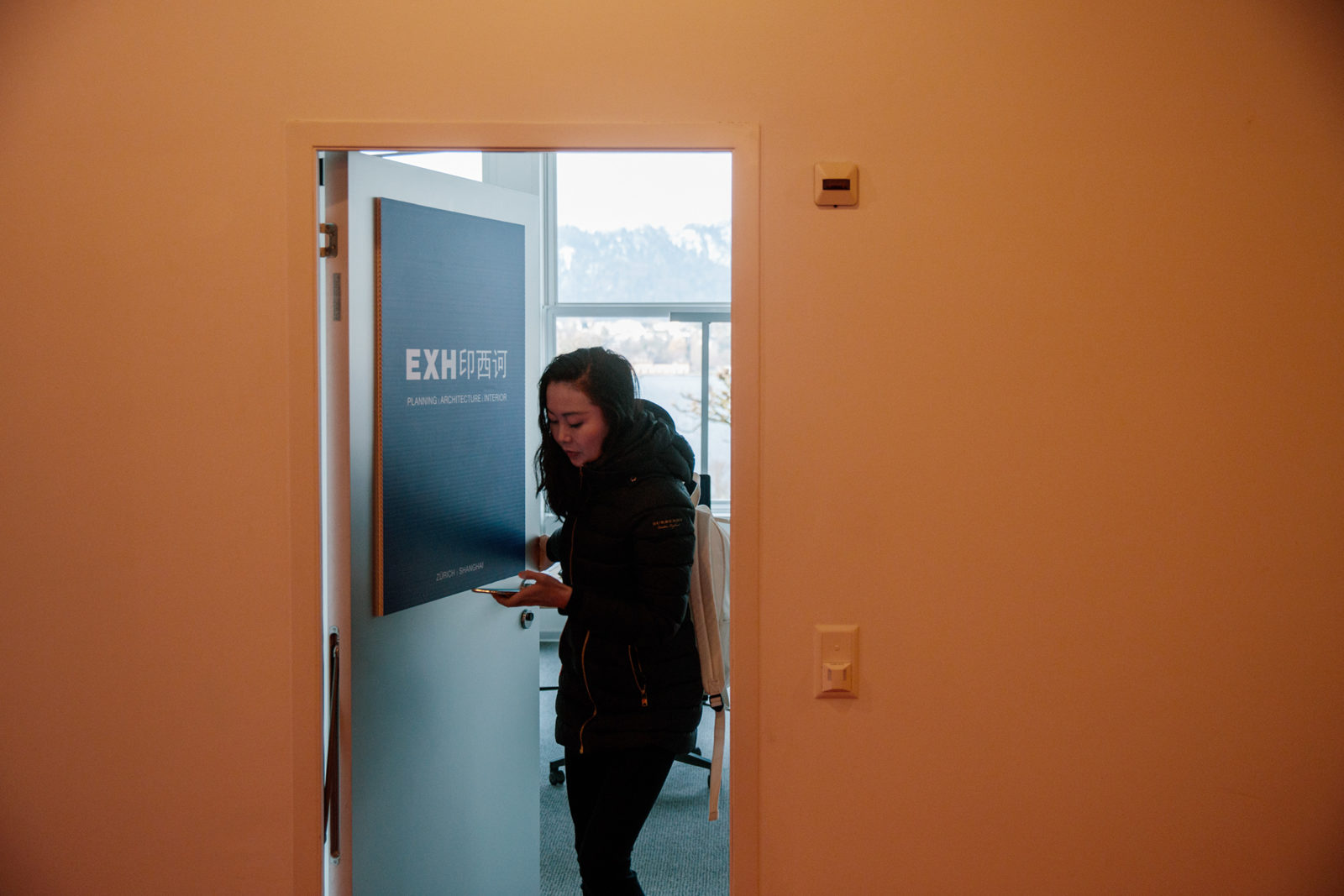
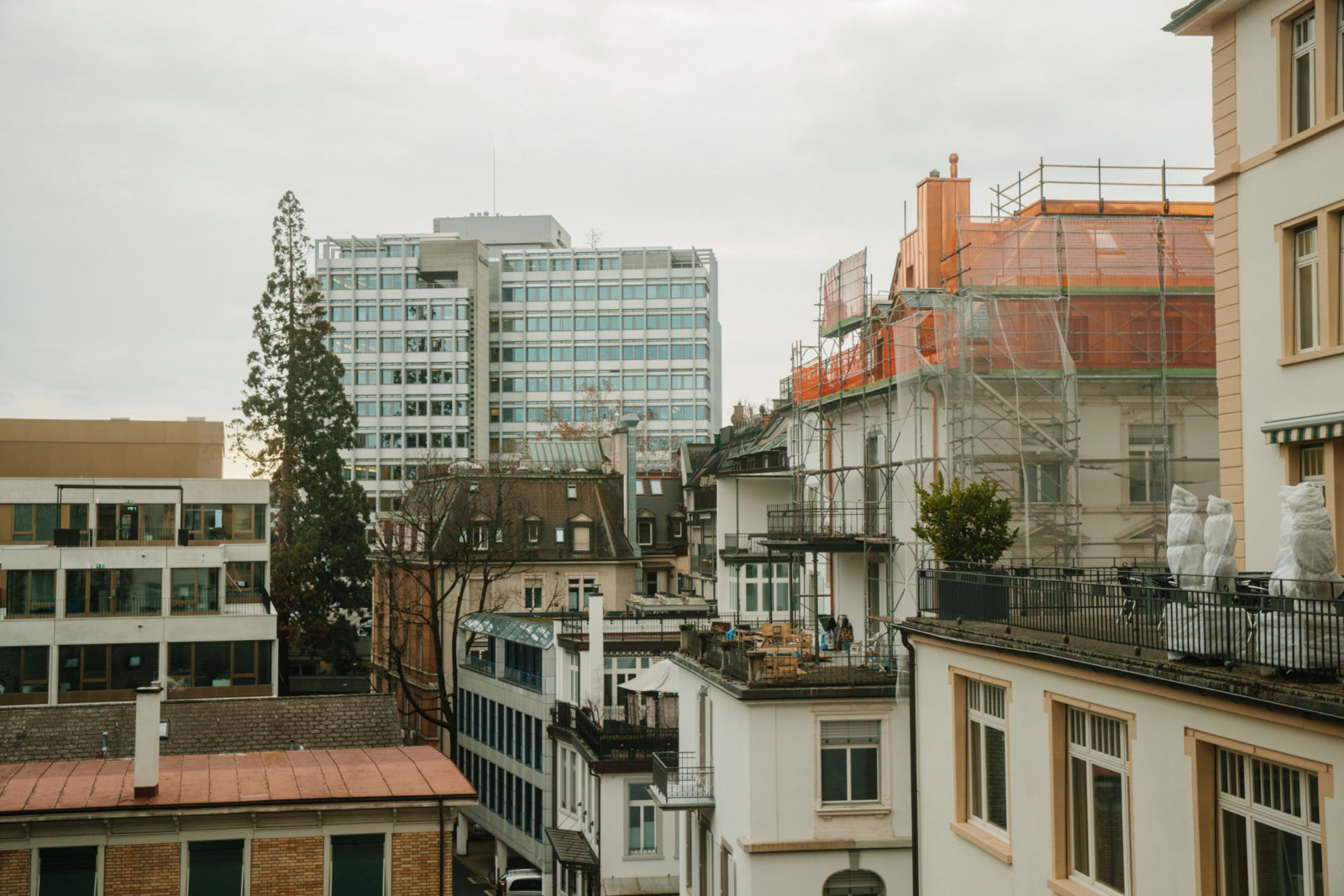
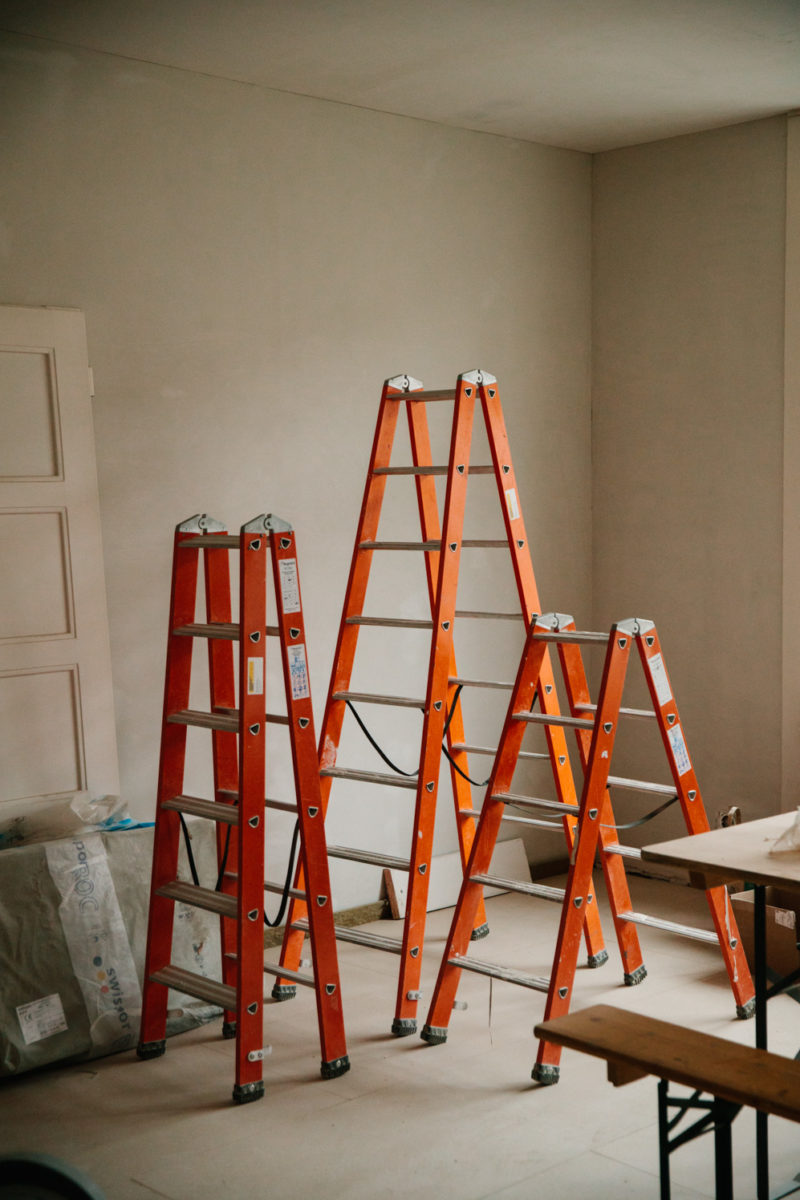
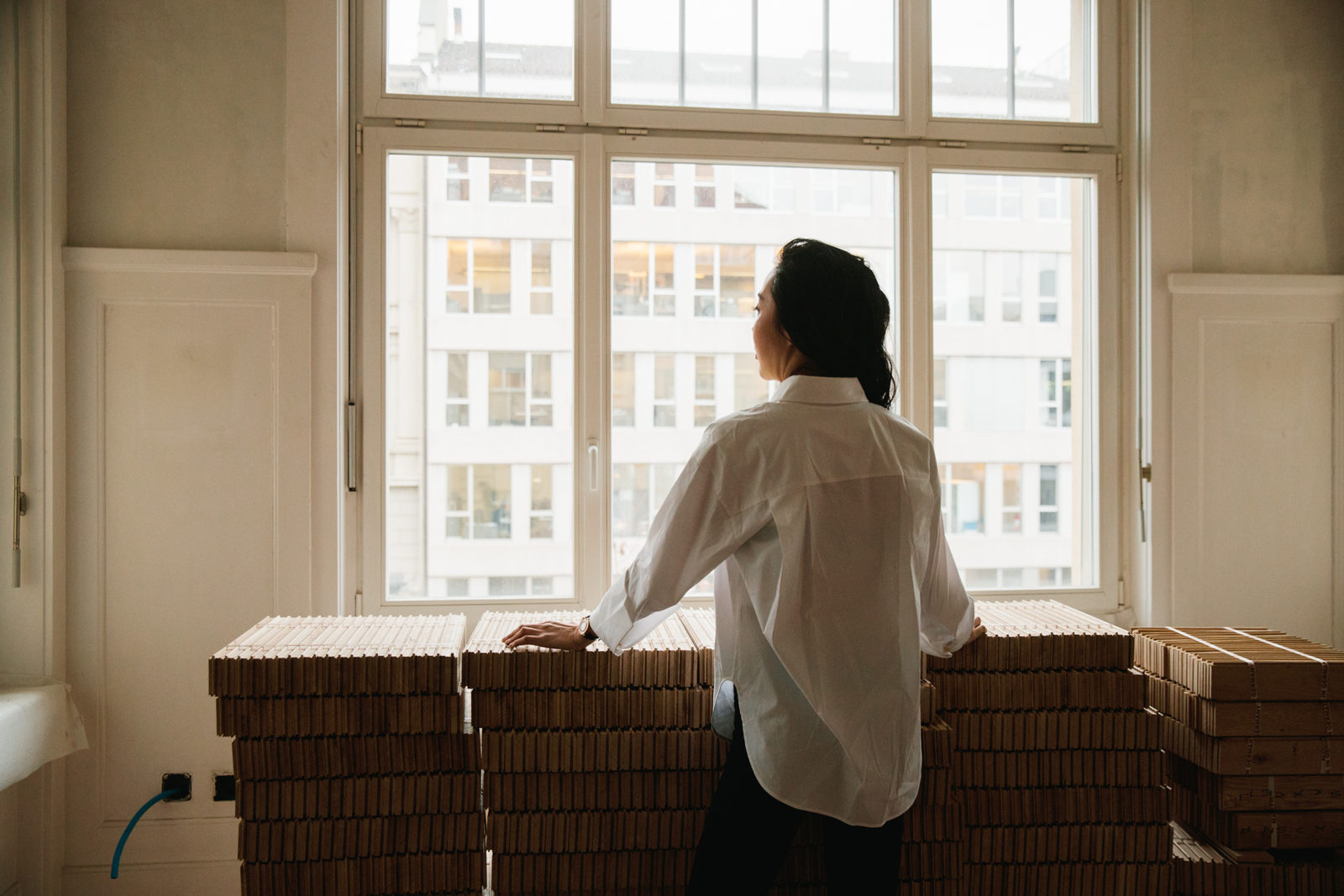
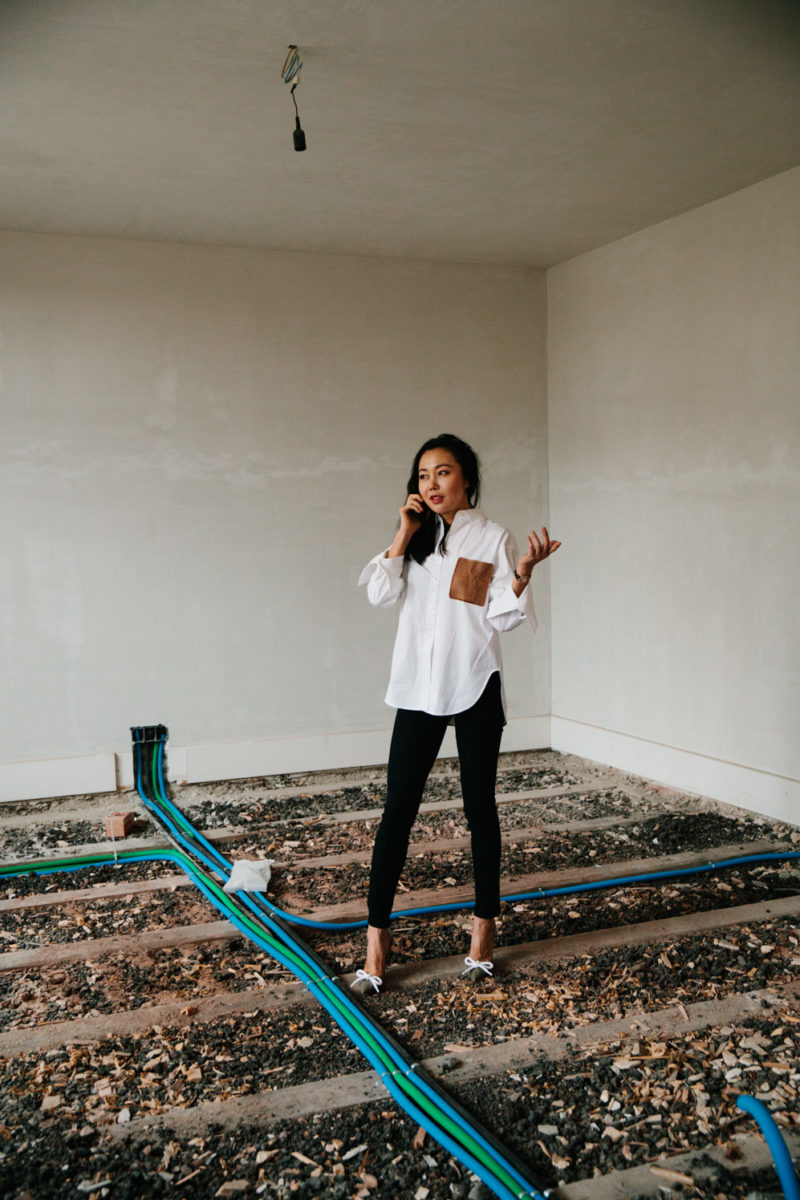
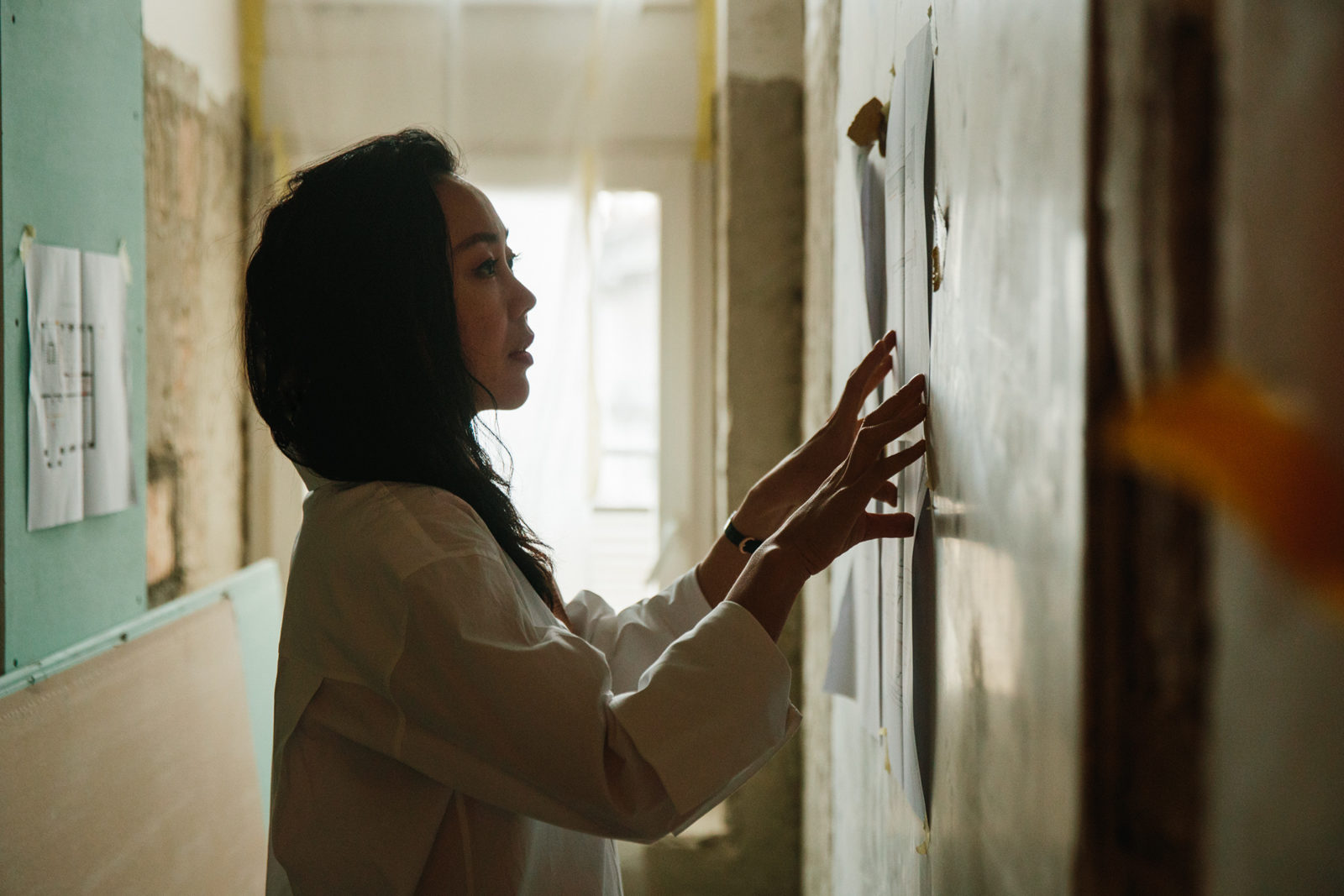
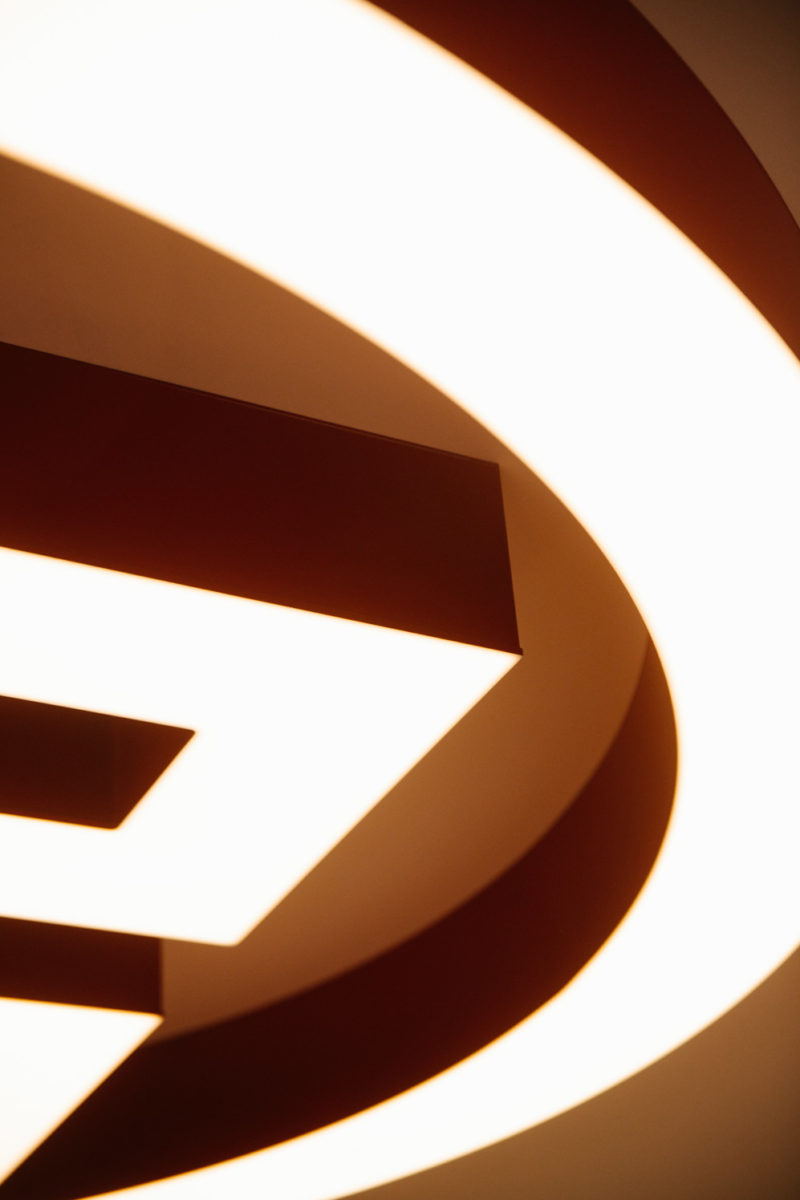
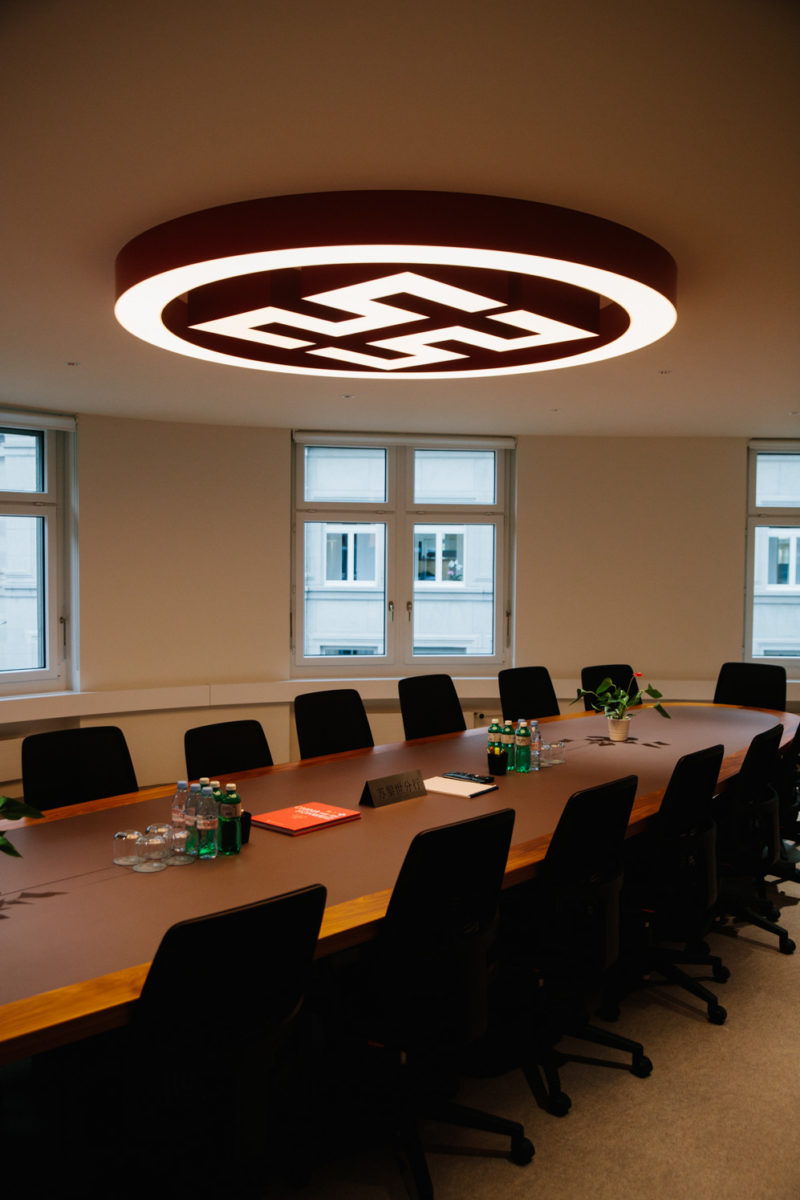
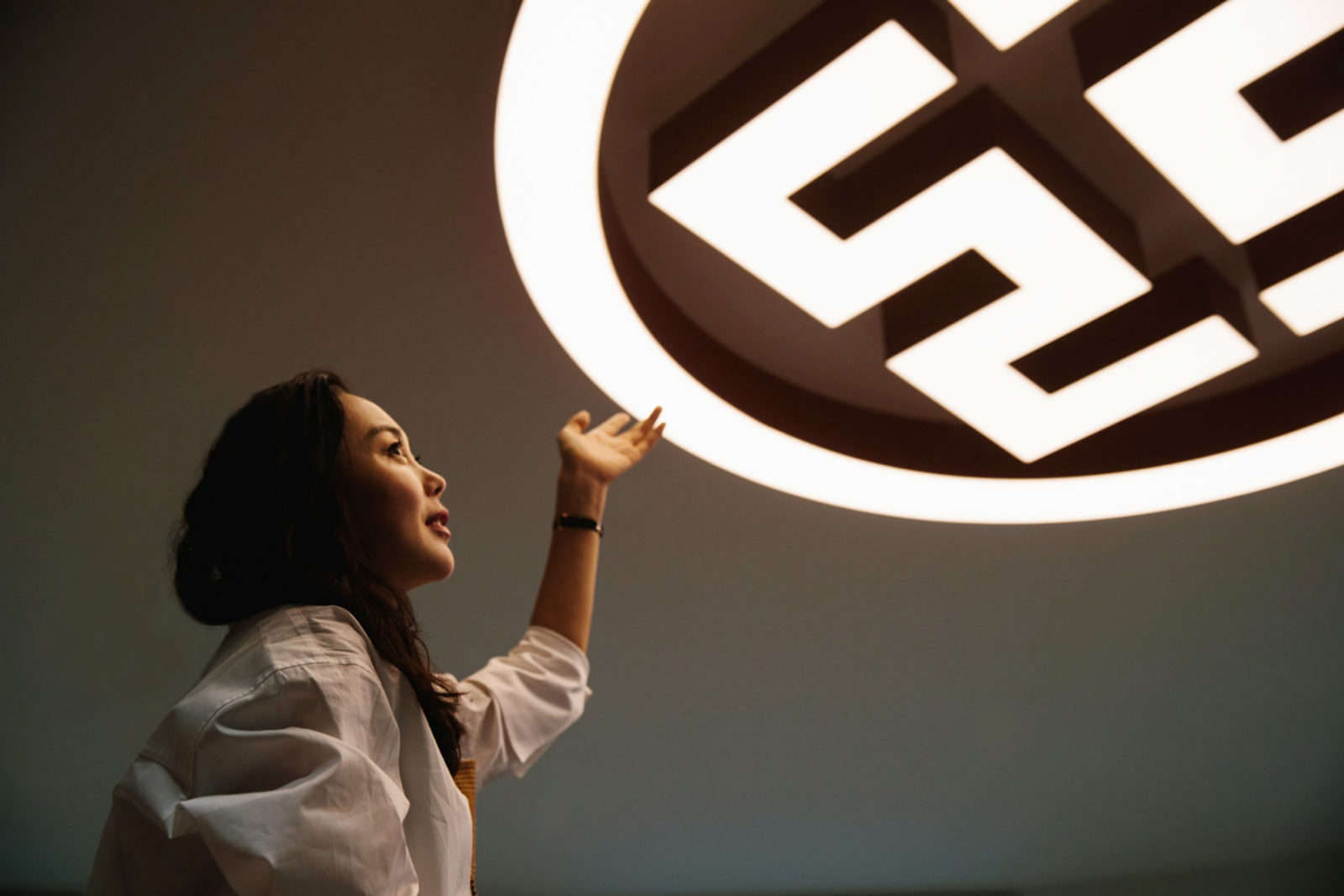
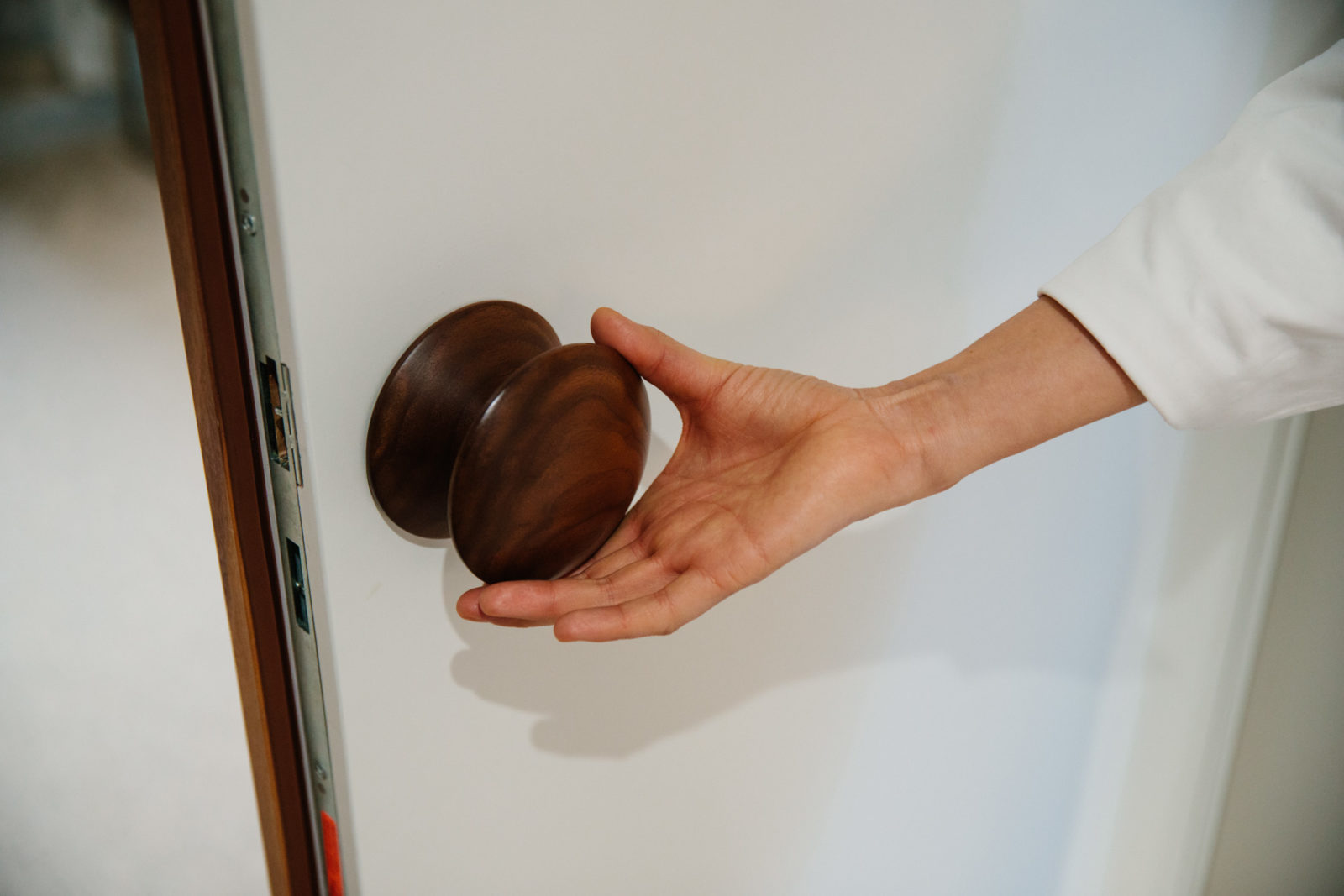
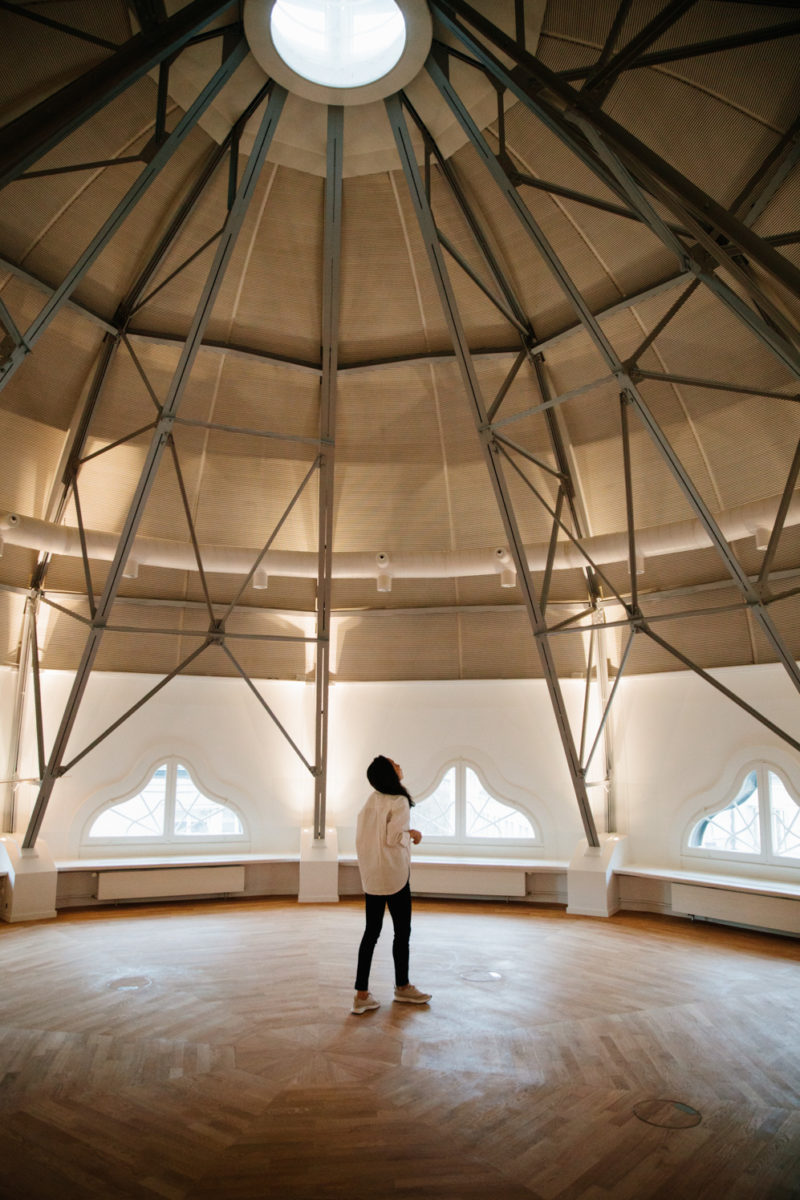
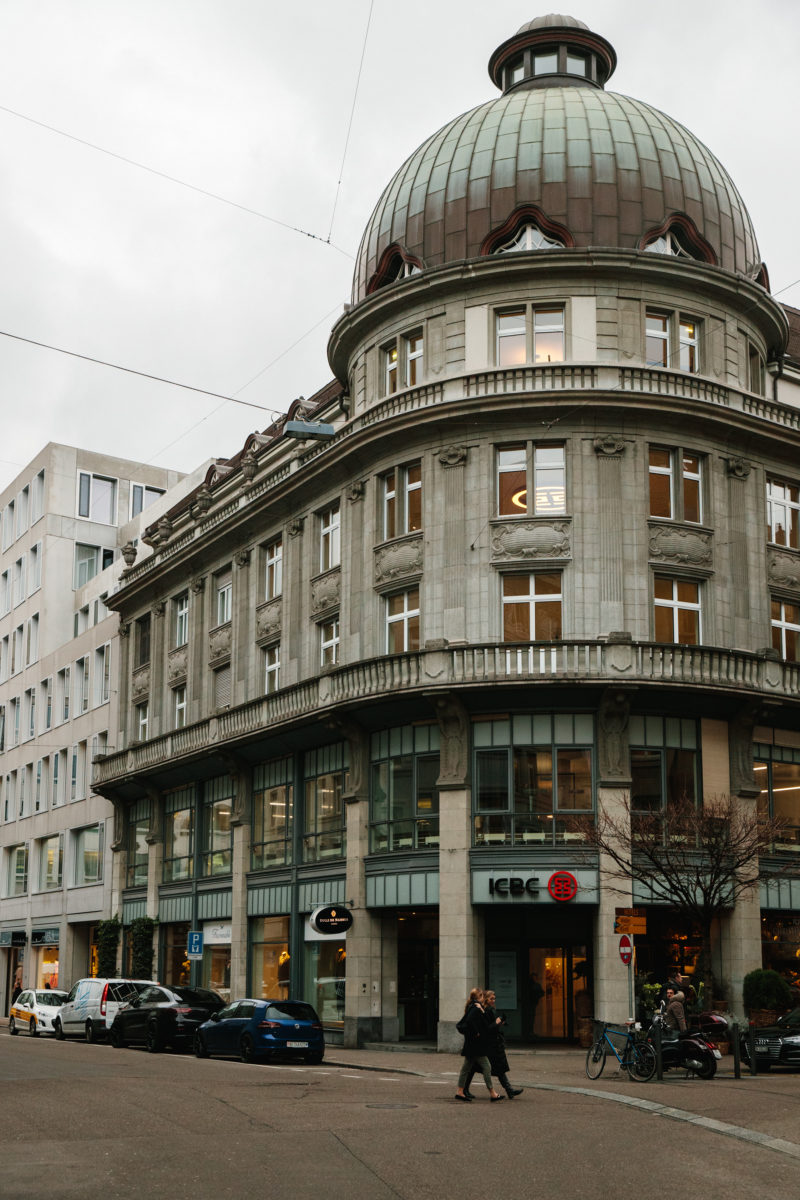

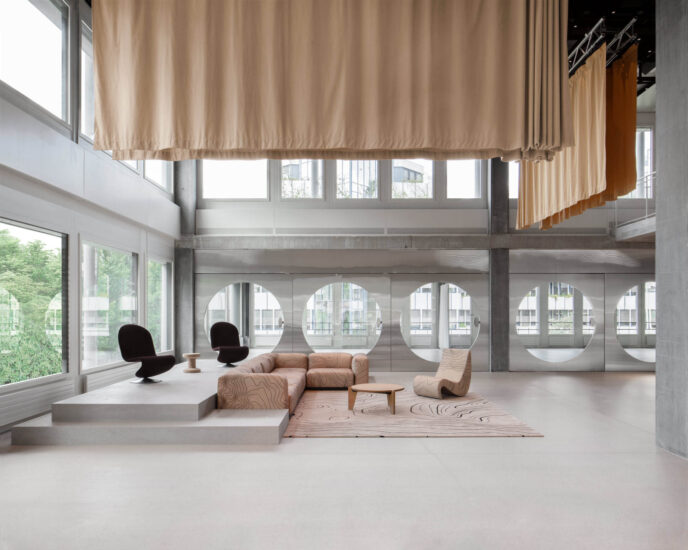
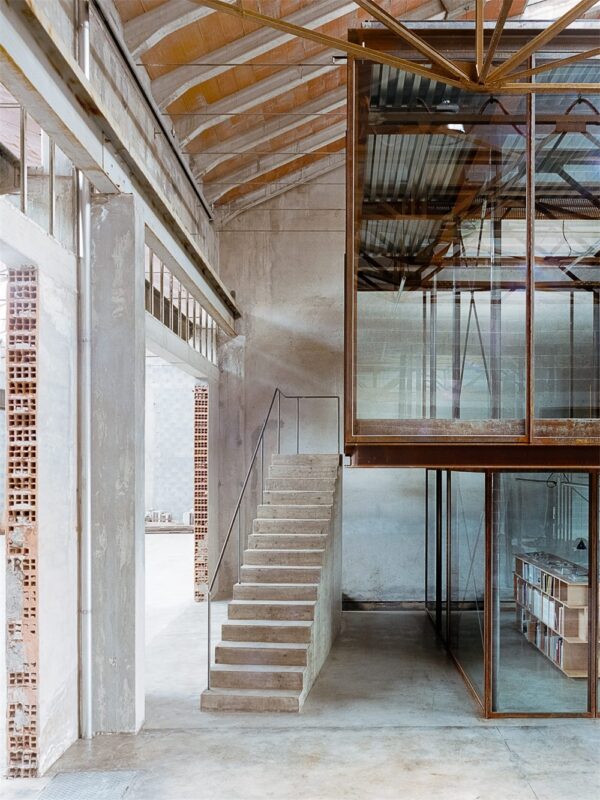
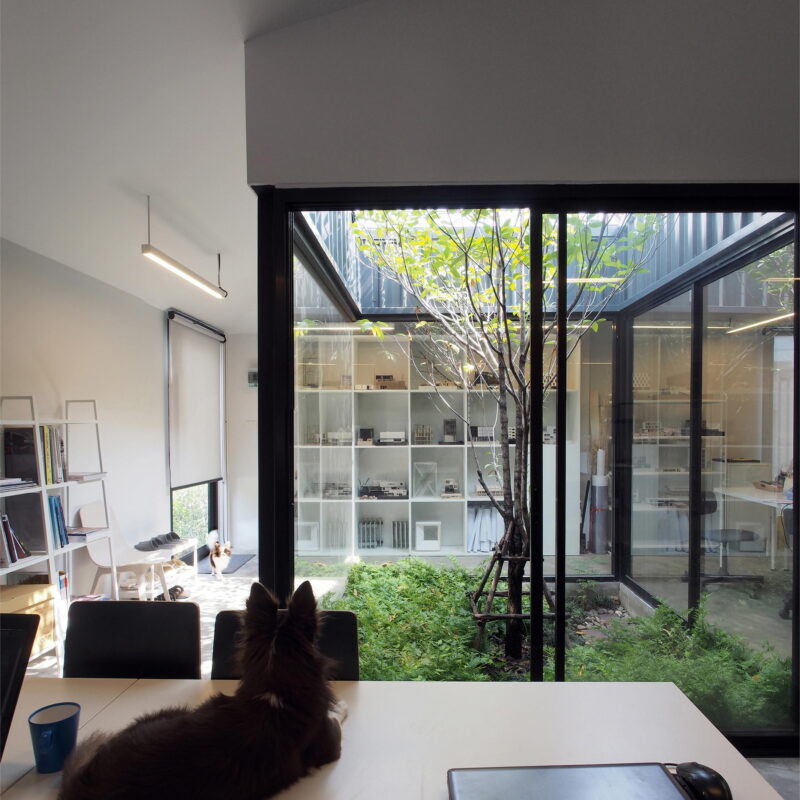
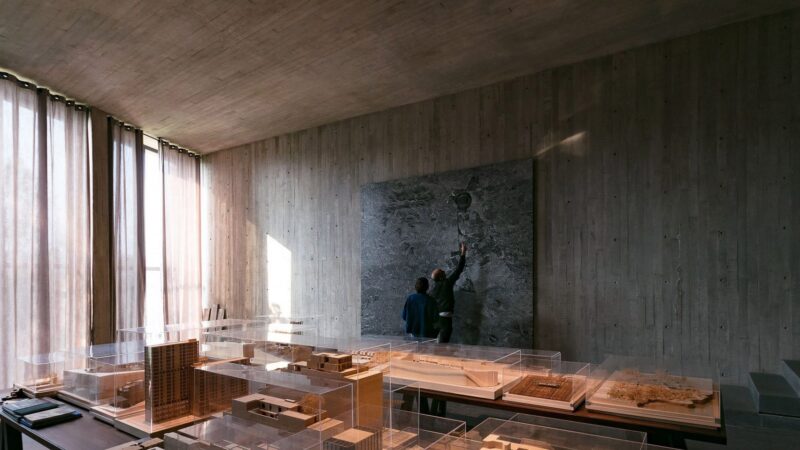
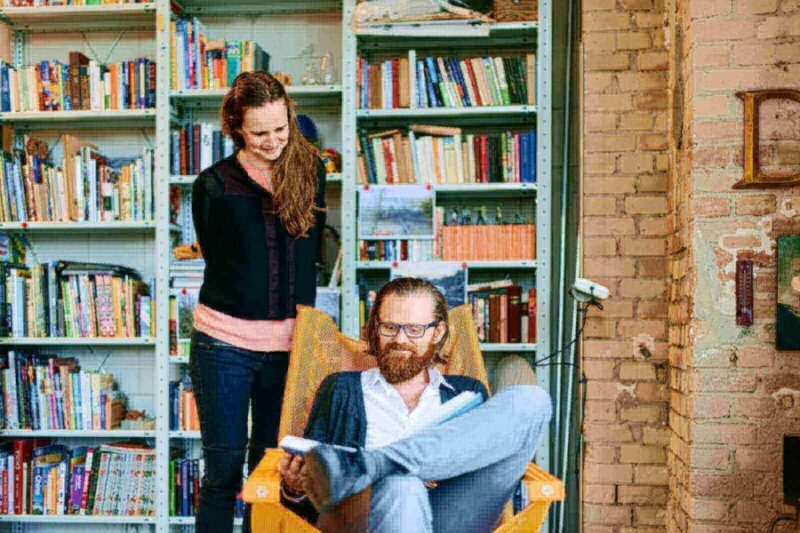
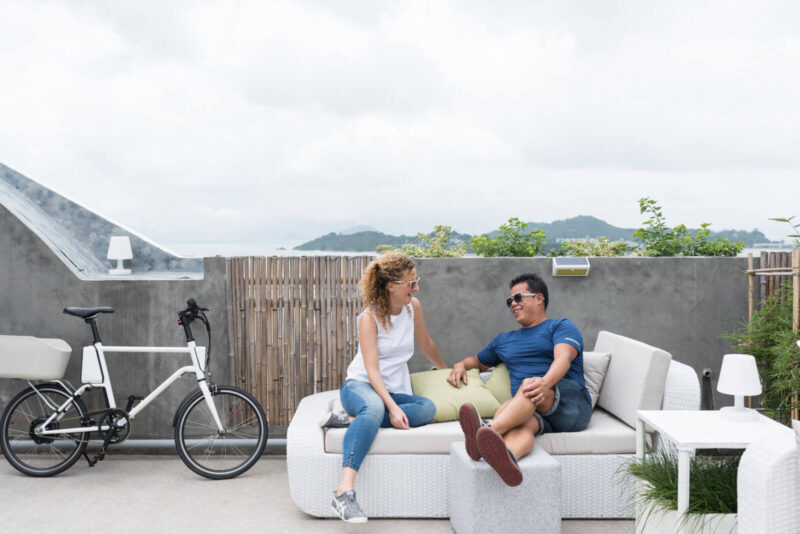
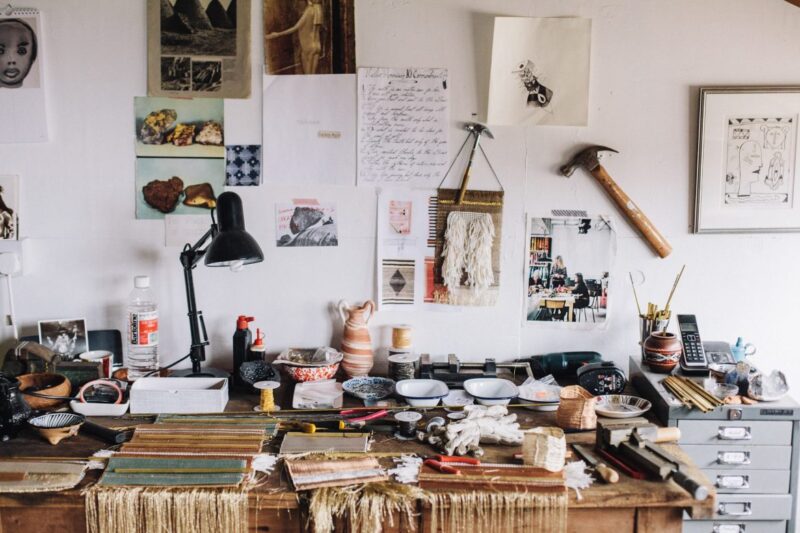
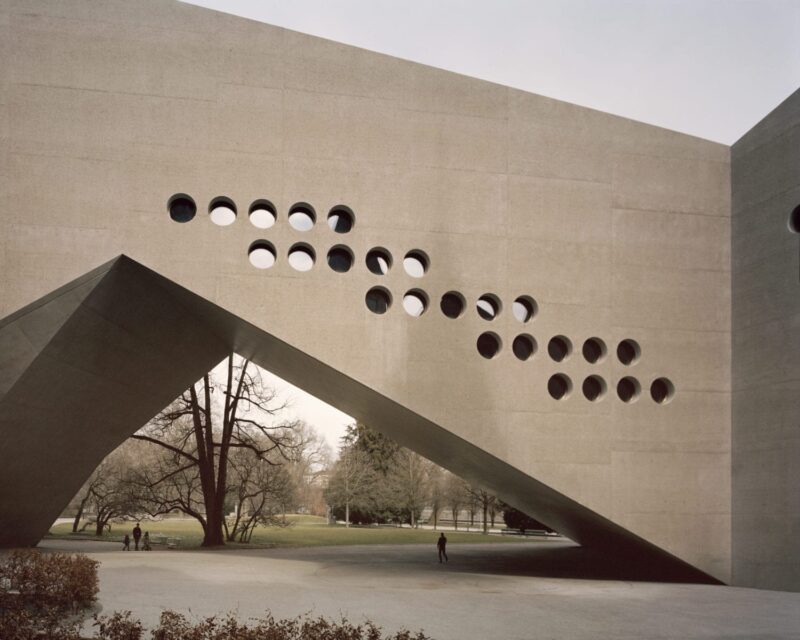
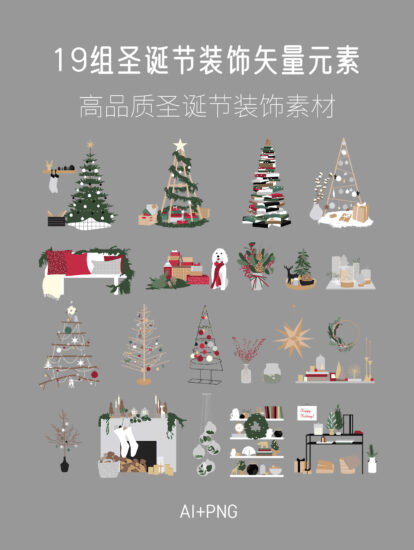

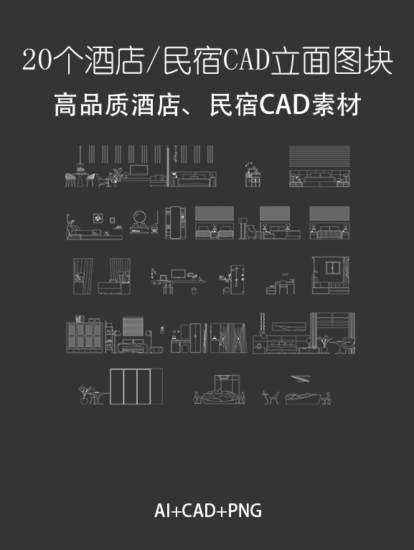

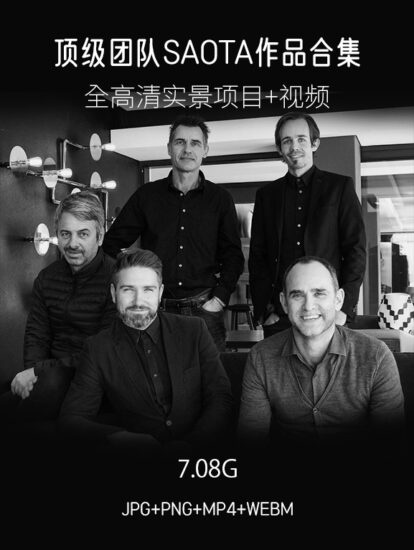
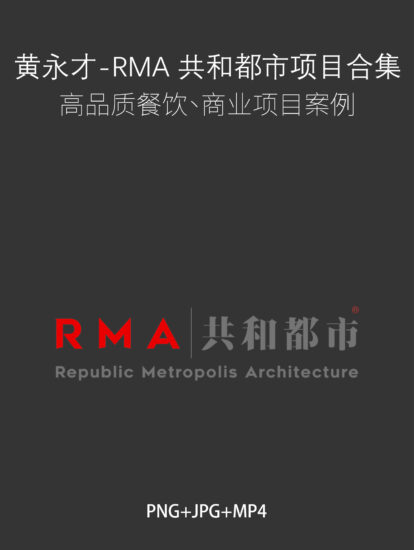
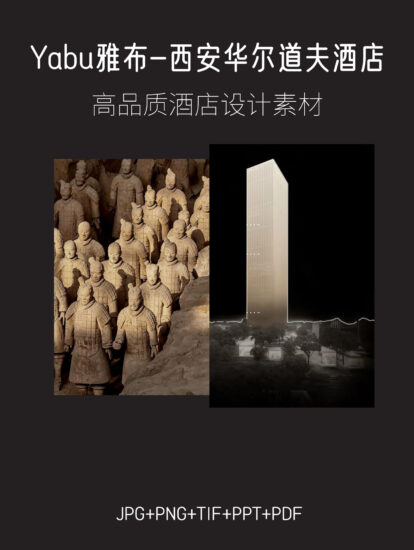

評論(1)
厲害的美女建築師